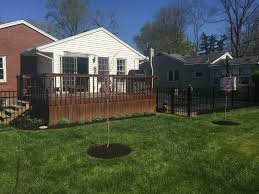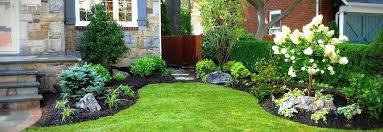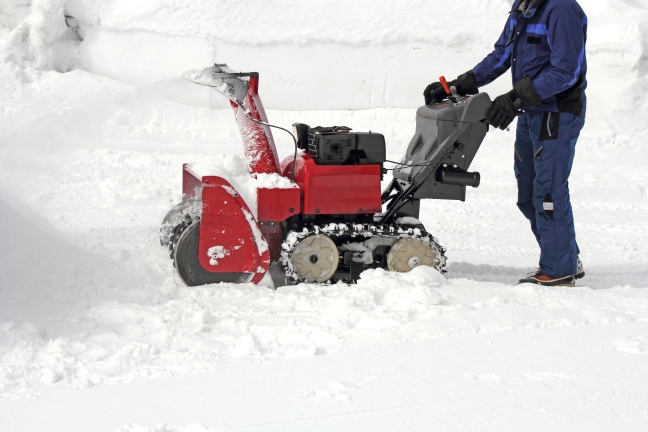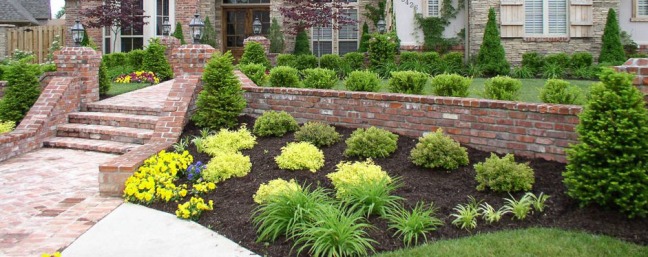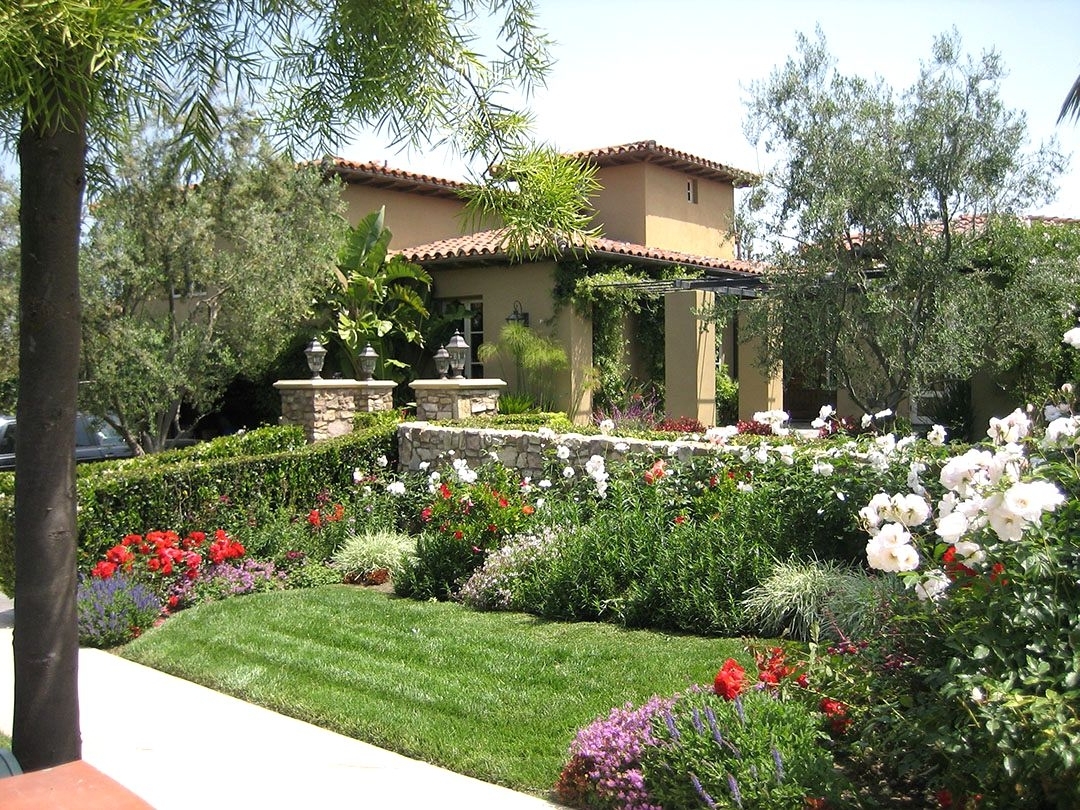Fall and winter are the make-it or break-it seasons for grass. Lawn Care Louisville KY should be thinking about next spring as they prep their lawns for the upcoming cold months. Yard work is no walk in the park; it’s actually quite a chore. Here are a few winter lawn care tips that can help your grass make it through the colder months so that it is lush in the springtime.
1. Aerate at Least Once Per Year
It is important to make sure your lawn gets a breather in autumn and winter. Aeration tools are used to break up compacted turf, and pull up plugs of soil and grass. A hand-aerating tool is shaped like a pitchfork with hollow tines. It is labor-intensive, but by unplugging small portions, this allows oxygen, nutrients and water to reach the roots. There are also gas-powered machines available. They are roughly the size of a mower and are great for large yards.
This process can provide room for the seeds to sprout, and new grass to grow and spread, without competing with pesky weeds. If you have kids that like to play in your yard or have an otherwise high-traffic Lawn Care Louisville, it is recommended to aerate twice per year: once in the autumn and once in the spring. If your yard is just for presentation, it is best to aerate once per year for the best results.
2. Seed Your Lawn
Autumn is typically when the soil temperature reaches around 55 degrees Fahrenheit. Since turf roots grow extensively in the fall and winter, this is the prime time for seeding. While it may be tempting to go for the inexpensive seed, it can hurt you in the long run.
heap seed often contains weed seed, annual rye grass seed and hollow husks, which will typically drop dead after the first frost. If you want a lush law, it is best to splurge on the more expensive seed, which are much better at resisting insects, disease and drought. After you plant the seed, water it every day until it germinates.
3. Fertilize Before the First Frost
Fertilizing in the late fall before the first frost occurs can provide your grass with nutrients that it can absorb and store. This can help it survive the harsh winter months and encourage it to grow lush and green in the spring. This should also be your last fertilizing of the year.
Lawns that are fertilized late-season are typically the first to grow in the spring. Choose a fertilizer product that is high in phosphorous (10 to 15 percent is best). This is critical for root growth. If you live in an area where phosphorous-rich fertilizer has been banned, seek nitrogen-rich fertilizers as a replacement. These can promote root and shoot growth.
4. Grind Leaves Into Mulch
Throughout the winter, any leaves, organic debris and dead grass plants can freeze and thaw, causing them to release soluble forms of nitrates and phosphate. When the ground thaws in the spring, these chemicals can then run off and end up in surface water. Make sure you rake up all the leaves before the first frost.
Raking can also reduce brown patches and keep parts of your yard from becoming sun-deprived. Instead of raking them up to burn or throw away, run over them with the mower a few times until they are grinded into mulch. These shredded leaves can protect your Louisville Lawn Care from desiccation and wind.
A mulching blade can also be purchased to add to your mower. This tool can grind the leaves even finer. As an added bonus, when shredded leaves decompose, they create an organic matter to feed roots.
5. Don’t Stop Mowing
One of many helpful winter lawn care tips is to continue mowing, even when it does get colder. Continue to mow your yard until you see the growth slow. It is essential to keep your grass at 2 to 2 1/2 inches tall throughout the autumn months.
If it gets longer than 3 inches, it can mat. This can lead to lawn disease problems, such as snow mold. If it is shorter than 2 inches, its ability to store food for growth will be limited.

6. Sustain Growth by Watering
Although the temperatures are cooler, it is important to continue watering. Since grasses continue to grow in the autumn months, it is important to sustain its growth by watering consistently. Water as needed until the ground begins to freeze. If you have an automatic irrigation system, avoid damage by blowing it out with compressed air before the water is able to freeze in the sprinkler heads and pipes.
7. Weed Control
Autumn is a good time of year to control perennial broadleaf weeds, including clover, plantain, dandelions and creeping charlie. Some weeds can be removed by hand, but many are scattered and few or confined to tiny areas. One of the most efficient ways to remove these weeds is by spot-treating them with herbicide.
This is easier with ready-to-use spray containers. It is best to complete this treatment when the temperature is above 50 degrees, as the herbicide will need sufficient time to kill the weeds before the winter cold sets in. This is also a good time to remove any sticks and other debris from the flowerbeds, under bushes or in the yard.
8. Prepare Plants and Spigots for the Frost
If you live in a region with cold winters, be sure to put away watering systems and hoses. It is also important to turn off water to the outdoor spigots, and protect the spigots with insulated foam covers.
Be sure to bring any outdoor plants or flowers into your home before the cold sets in to protect them from freezing. If you live in a milder weather region, be sure to find an insulated cover to place over the plants to protect them from any frost. This is also a good time to remove any plants from your flowerbeds that are no longer in season.
Prepare for Cold Seasons for Better Springtime Growth
With temperatures dropping and leaves changing colors, it’s typical to forget about the Lawn mowing Louisville KY and think more about football and the holidays. This go-to guide can provide helpful winter lawn care tips to prepare for the colder seasons so that your yard can grow lush and green in the spring.



